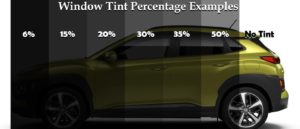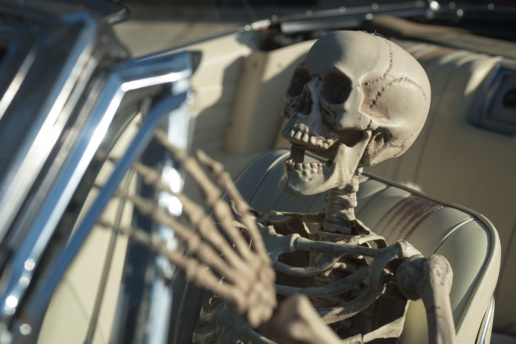Tinted car windows, especially the completely dark ones, drive me crazy.
In my experience on the roads, it has given the driver of that car license to do really stupid and careless things on the road and no one can see who the culprit is.
Drivers already have a decent level of anonymity. Behave badly? Who cares? I’m never going to see these people again! I can do whatever I want! Drive down the emergency lane? Sure! Cut that guy off? If it gets me there faster….

Add tinted windows to the mix and, well, anonymity is guaranteed!
I mean, if you cut me off, I want to at least be able to give you a dirty scowl and know that you saw it!
Yes, I know that tinted windows in some states (Florida, for example) are perhaps a necessity. And, some people – famous ones – probably think they need them too.
Laws about how dark your tinted windows can vary by state. AAA’s Digest of Motor Laws provides a handy list of each state’s law.
New Hampshire, New Jersey and Vermont are the only three states that don’t allow window tinting. Other than that, it varies wildly from state to state.
According to Rayno Window Film, “Most states [limit] window tinting for safety and security purposes. Tinting limits the amount of light that enters the car but can make it hard to view the street. Limited vision leads to an increased number of accidents on the road. The other reason why tinting may be illegal is for public safety when it comes to the police and other federal agencies. Extremely dark tint can be obstructive to investigations, and dangerous during traffic stops and other incidents.”
All excellent points.
Rayno explains: “…Restrictions on the amount of visible light being transmitted into a car are defined and measured in percentages. These different percentages are the minimum amount of light that should be getting through the glass. The higher percentage means the tint is lighter. Lower tint percentage means the tint is darker. The legal percentage varies from state to state and also for the different windows of the car.”
Garage Chief provides a super handy look at the various tint levels.
VLT%: visible light transmission – the measurement used to assess automotive window tints. The percent of visible light that gets through either the film (film VLT%) or window plus film net VLT%. The lower the VLT%, the darker the tint.

Now, is the highway patrol policing cars who violate the window tinting laws?

Yeah, no.
Resources:
AAA Digest of Motor Laws: Glass/Window Tinting
Rayno Window Film: Window Tint Percentage Laws In The US By State



